Salih Sarp
Mitigating Attacks on Artificial Intelligence-based Spectrum Sensing for Cellular Network Signals
Sep 27, 2022
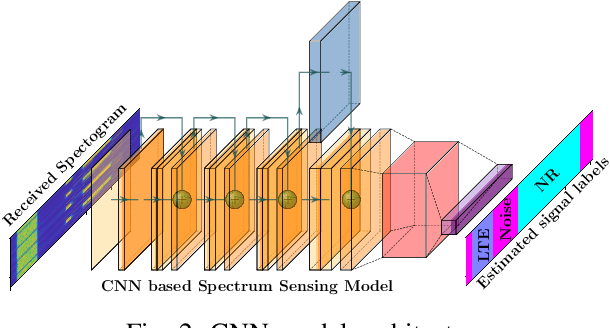
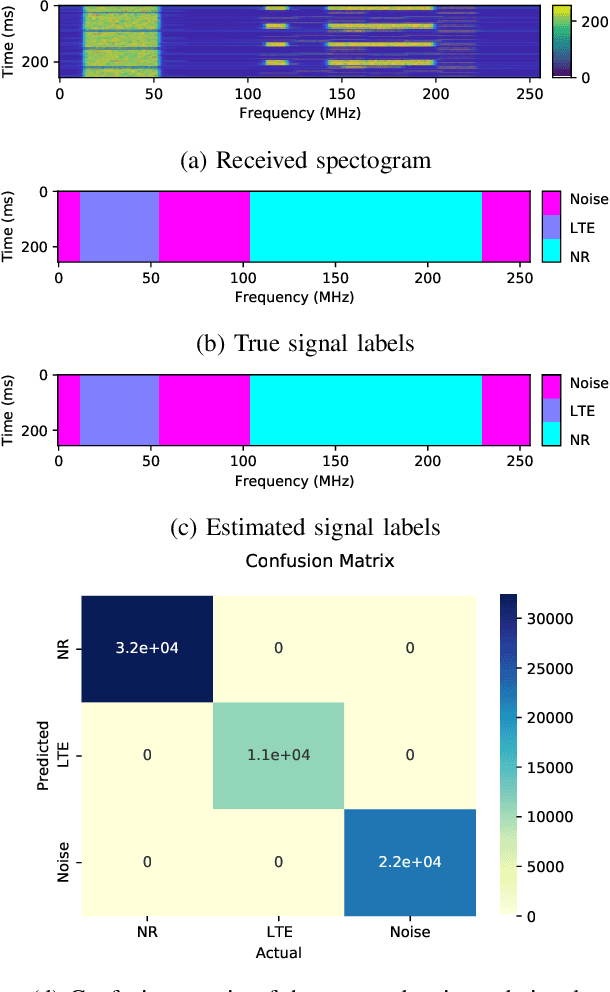
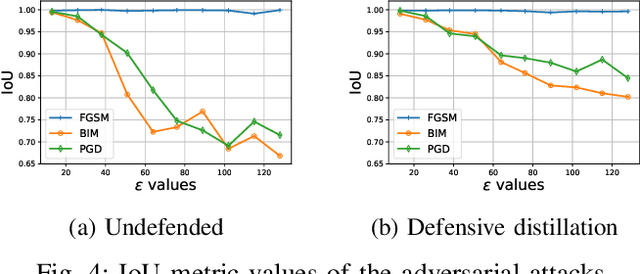
Abstract:Cellular networks (LTE, 5G, and beyond) are dramatically growing with high demand from consumers and more promising than the other wireless networks with advanced telecommunication technologies. The main goal of these networks is to connect billions of devices, systems, and users with high-speed data transmission, high cell capacity, and low latency, as well as to support a wide range of new applications, such as virtual reality, metaverse, telehealth, online education, autonomous and flying vehicles, advanced manufacturing, and many more. To achieve these goals, spectrum sensing has been paid more attention, along with new approaches using artificial intelligence (AI) methods for spectrum management in cellular networks. This paper provides a vulnerability analysis of spectrum sensing approaches using AI-based semantic segmentation models for identifying cellular network signals under adversarial attacks with and without defensive distillation methods. The results showed that mitigation methods can significantly reduce the vulnerabilities of AI-based spectrum sensing models against adversarial attacks.
Homomorphic Encryption and Federated Learning based Privacy-Preserving CNN Training: COVID-19 Detection Use-Case
Apr 16, 2022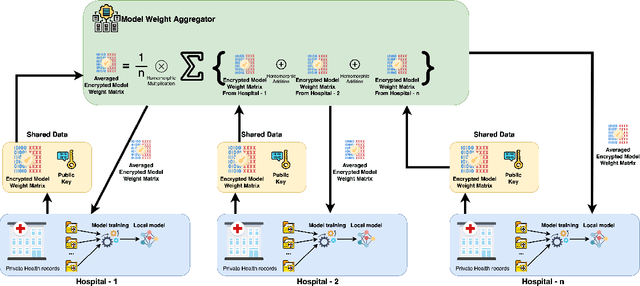
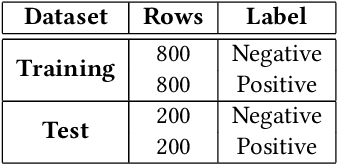
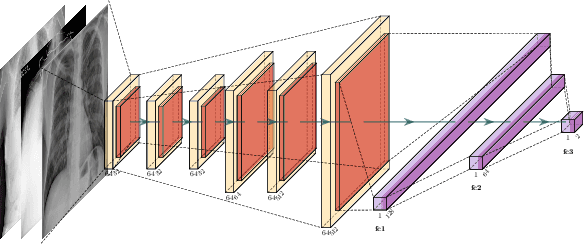
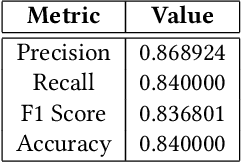
Abstract:Medical data is often highly sensitive in terms of data privacy and security concerns. Federated learning, one type of machine learning techniques, has been started to use for the improvement of the privacy and security of medical data. In the federated learning, the training data is distributed across multiple machines, and the learning process is performed in a collaborative manner. There are several privacy attacks on deep learning (DL) models to get the sensitive information by attackers. Therefore, the DL model itself should be protected from the adversarial attack, especially for applications using medical data. One of the solutions for this problem is homomorphic encryption-based model protection from the adversary collaborator. This paper proposes a privacy-preserving federated learning algorithm for medical data using homomorphic encryption. The proposed algorithm uses a secure multi-party computation protocol to protect the deep learning model from the adversaries. In this study, the proposed algorithm using a real-world medical dataset is evaluated in terms of the model performance.
 Add to Chrome
Add to Chrome Add to Firefox
Add to Firefox Add to Edge
Add to Edge